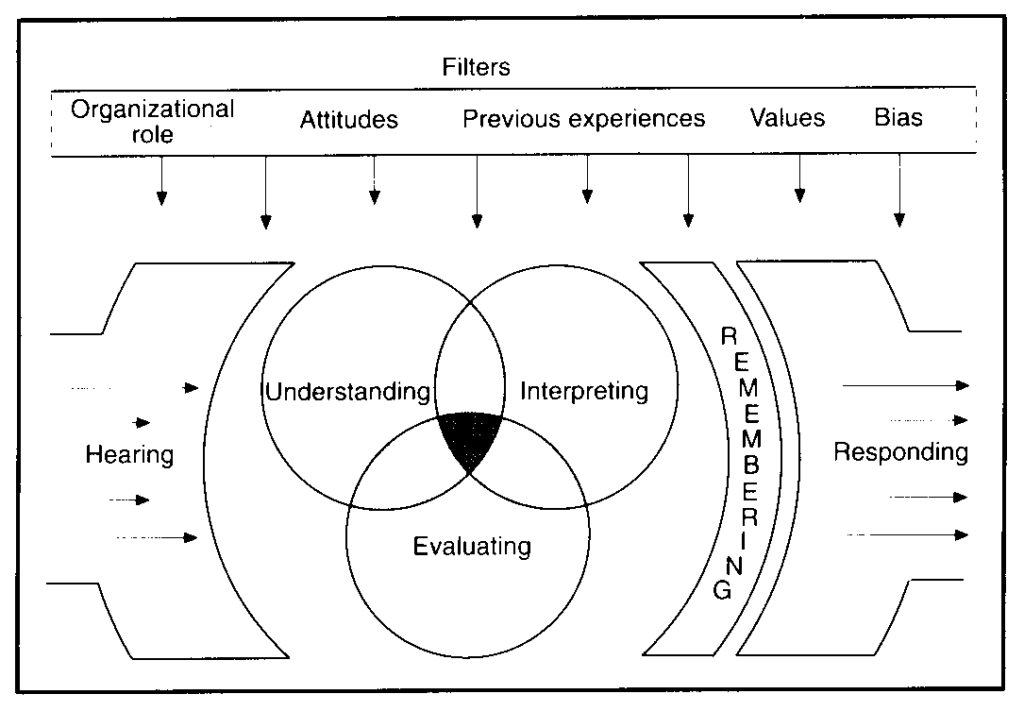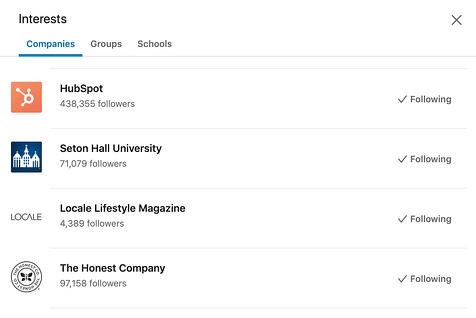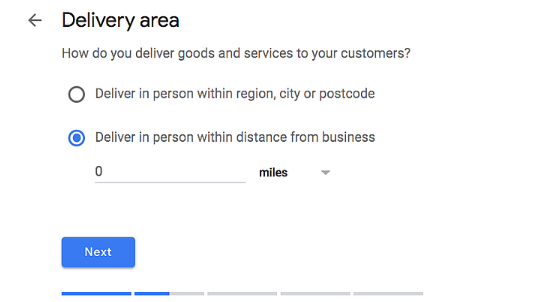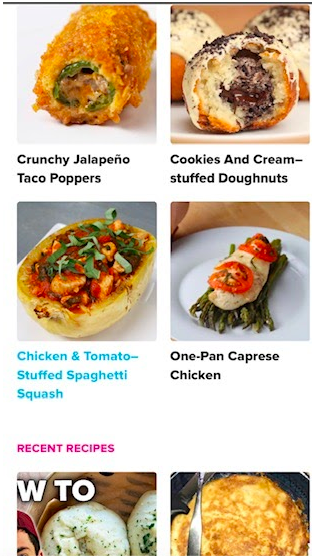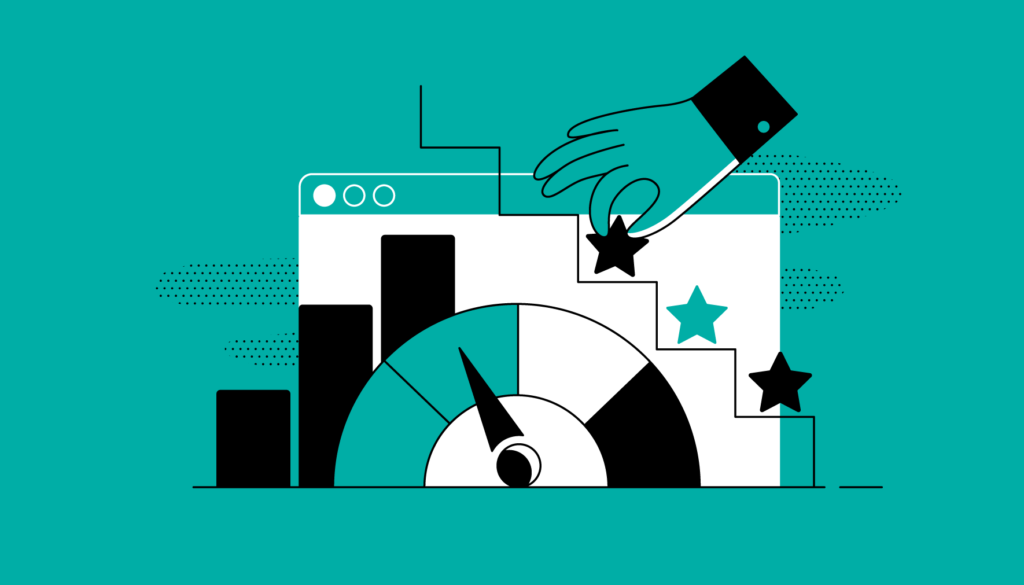5 Ways to Use Audio in B2B Marketing
Whether you prefer to stream music in the car or listening to the hottest podcasts — odds are there’s some form of audio content that you love to consume. I too am one of those people who always has to be listening to something. Whether it’s a new Spotify playlist or the latest episode of a podcast, I use pretty much every opportunity to consume audible content. I’m hardly the only one who’s partial to audio in this way. With consumers spending more time alone or at home in 2020, marketers have noticed a major uptick in audio content and listenership. This isn’t shocking. In recent years consumers have increasingly turned away from traditional TV content in favor of mobile or online platforms — especially those that promote and produce audio content. At this point, marketers are taking notice of audio opportunities. Consumer listening behavior has created a tremendous opportunity for marketers — especially those in the B2B sector — to create branded, audible content. Audio is often associated with consumer marketing, but those kind of assumptions create a missed opportunity for B2B brands. After all, here at HubSpot, we create content for marketing and sales professionals in a variety of formats, and if you read our blog, it’s no secret that we’re constantly nagging you to do the same — even with audio. So let’s explore the ways that can be done, starting with a look at the science behind the act of listening. The Listening Process Before you start creating audio content, it might be helpful to understand how and why people listen. The act of listening, according to Merriam-Webster, is “to hear what someone has said and understand that it is serious, important, or true.” It also helps satisfy different physiological goals. We listen to alter our moods, stay alert, and figure stuff out. In humans, that’s been the case for pretty much as long as we’ve been in existence. The process starts when we receive auditory stimuli, which our brains then have to interpret. That’s aided by other senses — like sight — and helps us better figure out what we’re hearing. Once our brains have interpreted these auditory signals, we follow a series of steps that consist of recalling, evaluating, and responding to the information we consume: Source It’s that third step in the process — recalling — that might be the most important one for marketers. Numerous studies have discovered how listening triggers a widespread network of activity throughout the brain. That activity is what links auditory stimuli so strongly to memory. That might be why we love to talk about things we’ve heard, like a great song, for example. We’re actually sharing a story about our memory of what we heard. And that comes back around to what we do as marketers. We share the stories of and about our brands in a way that will get people to pay attention and listen to us. So, let’s get started, and begin creating content that people will listen. 4 Ways to Use Audio in B2B Marketing 1. Create or sponsor branded podcasts. According to Edison Research, podcast listenership has been on a steady rise since 2006. In 2018, podcast listenership saw a 26% YoY increase. Along with listenership, podcast revenue has also grown. By 2021, podcast ad spending is expected to hit $354 million. Source People often make the mistake of thinking that podcasts are largely consumer-facing. We think of those that are aired on public radio or hosted by celebrities for the masses of bored commuters trying to pass the time. But in reality, there are a number of B2B podcasts out there, like Duct Tape Marketing, ZenDesk’s Relate, and HubSpot’s The Growth Show. But when it comes to creating branded podcasts, many B2B marketers make similar objections that we used to hear about blogging — such as, “I don’t have time,” or, “I don’t have anything to say.” Podcasts, like blogs, follow the pillars of inbound marketing, in that you’re creating valuable, educational content for people who are searching for information on what your business does best. That’s one way The Growth Show works, for example. Because HubSpot’s marketing, sales, and CRM software comprise a growth stack, we use our podcast to discuss related topics with business leaders who have accomplished notable growth, and who have good stories. “Companies — especially B2B companies — have such a hard time telling their organization’s story,” says Kierran Petersen, The Growth Show’s associate producer. “Creating a branded podcast is the perfect opportunity to do that. It’s such a personal way to give people insight into what you do, by showing your audience who you actually are.” That’s where the answer to the second objection — “I don’t have anything to say” — comes in. When people tell us that’s why they can’t invest time in blogging, we usually say, “Write what you know.” The same thing goes for podcasting, but instead of writing, you’re speaking about what you know. And for some, that might even come easier than writing. Of course, creating a branded podcast isn’t as simple as recording 30 minutes of stream-of-thought remarks on your business. It helps to approach this content creation the same way you would for a blog, and create an editorial calendar to plan and outline different topics, as well as people who you’d like to interview. You should also consider how you’re going to distribute that content and the different platforms that your audience can use to consume the podcast. For beginners, we recommend free tools like SoundCloud, or experimenting with different ways to share the audio across social media. Repurposing Blogs as Podcasts If you’re still feeling a bit uncertain about creating an original podcast, you can start on a smaller scale by repurposing your existing content. On some blogs, you may have come across the option to listen to an audio version of the post. That’s one fairly easy way for businesses to create original audible content — take
5 Ways to Use Audio in B2B Marketing Read More »

